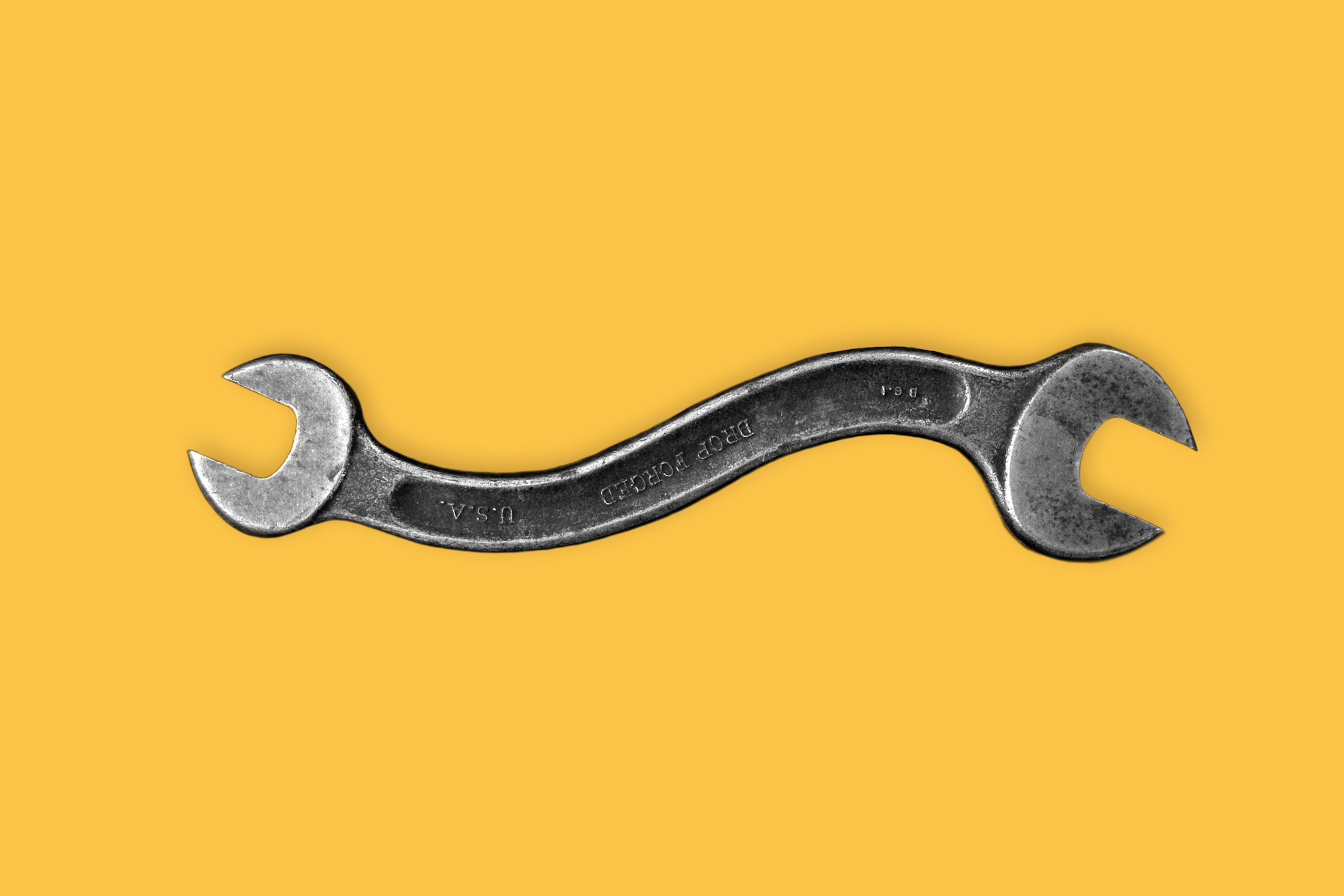The modern maker movement — a technology-based DIY community spurred in part by the launch of MAKE magazine in 2005 and Maker Faire in 2006 — is growing up.
Stephanie Santoso, director of maker initiatives at Citizen Schools and its new Make For All initiative, is one of the advocates who has helped bring maker culture to schools and communities. (Make For All recently launched a national call for commitments to engage K-12 schools, colleges, foundations, nonprofits, makerspaces, libraries, museums, and agencies in supporting maker-centered learning.) We got to know Stephanie when she was senior advisor for making at the White House Office of Science and Technology Policy, where she planned the first-ever White House Maker Faire and the National Week of Making. At that time, we were designing and producing the CTE Makeover Challenge for the U.S. Department of Education, in which 640 schools designed makerspaces to strengthen next-generation skills.
The future of work will require a “maker mindset” — and today’s increasingly collaborative workplaces can also gain from adopting elements of maker culture. We spoke with Stephanie about how students benefit from maker-centered learning and how organizations benefit from collaboration with maker communities.
Where is the maker movement now? What’s changed over the past few years?
“The general maker movement has become more mainstream. Five to 10 years ago, it was still a very grassroots movement. We’re starting to see that certain elements of the maker movement are becoming embedded in more formal institutions and organizations. That’s a really good thing because access to makerspaces and opportunities to engage in making are important for everyone.
Institutionalizing some of the elements of the maker movement in places like libraries, K-12 schools, and community colleges will help bring maker-centered learning to more communities, more students, and more families. We’ve evolved to think about what broadening access to these experiences means across communities. There’s also more of a focus around inclusion and equity within the maker movement and the maker community.”
Make For All is working to expand access to maker-centered learning. How does making help prepare students for the jobs of today and the jobs of the future?
“A lot of research shows that in order for students to be prepared for jobs of the 21st century, they’re going to need a combination of hard skills and soft skills. Social-emotional learning is going to become that much more important. We don’t exactly know what those jobs will be, but we do know the nature of jobs will change because advancements in science and technology are changing the way whole industries operate. The value of maker-centered learning is that it teaches students both hard skills and soft skills.
The idea of the maker mindset is that students develop creative confidence and a sense of agency — that they have the ability to creatively solve problems on their own and with their peers. Maker-centered learning teaches life skills — critical thinking, collaboration, and communication. Other aspects of education encourage and cultivate these skills in students, but one of the unique things about maker-centered learning is that it teaches students these particular skills in an interdisciplinary way.
With traditional schooling, students go from class to class — they’re in science class, art class, math class — but maker-centered learning actually teaches across and between subjects. Through the experience of taking an idea and designing it, developing it, and prototyping it, students are actually learning about science and math and art and design in an interdisciplinary way that tears down the artificial boundaries between subject matter.”
Anyone — a student or an adult — can be a maker, and some businesses have been engaged with the maker movement. How are organizations working with the maker community?
“There have been some interesting experiments and pilots. The maker community is composed of individuals with very diverse backgrounds — makers can be artists, designers, scientists, engineers — and that can be a source of innovation. I see the way companies have been engaging the maker community divided up into two approaches.
The first approach is co-designing and collaborating with makers to tackle specific problems or challenges. An example of that is in the field of conservation, an organization called Conservation X Labs. They’re focused on tackling some very big problems — from ocean acidification to wildlife trafficking — and they know the solutions may not come from the current field of conservation biology. They’re reaching outward to the maker community and innovators in other fields to collaborate with conservation biologists on building technologies, tools, and solutions. They’ve developed a digital makerspace, an online environment where conservation biologists can directly connect with members of the maker community and other innovators to go from ideation to design and prototyping to developing a tool or solution that could be used in the field.
The second approach is to actually invest in the physical infrastructure, where companies set up makerspaces on their campuses or offices — or develop an arrangement where employees have access to a makerspace or prototyping facility nearby. This approach signals a deeper understanding — if you want employees to collaborate more efficiently and effectively, and you want them to take ideas they have and develop them into tangible products or solutions, it’s important to give them opportunities to access to these tools and spaces. Companies that are doing this include Google, Northrup Grumman, SAP, and GE.
GE is an interesting example because they set up a physical space called First Build in Louisville, Kentucky, where their appliance manufacturing park is located. They created a 400,000-square-foot facility that is part prototyping studio, part microfactory, and part community-based makerspace. GE engineers and designers are using the space for coming up with these new appliance ideas, and it’s also actively used by the greater Louisville community as a makerspace. In some cases, makers from the community are actually collaborating with GE engineers and designers on product ideas. As part of that, First Build has an online platform for co-design and collaboration. You can join the First Build community and suggest your own ideas for appliances and inventions. The community votes up ideas they like the best, and the top ideas could eventually become new products. GE has developed a model to compensate creators for their ideas and their contributions as part of this initiative. It’s transforming the way that large companies think about product design and even intellectual property.”
It’s inspiring to hear about companies that have successfully embraced making as part of a larger innovation effort — but some have 3D printers gathering dust in a closet. Why do some initiatives succeed and others fail?
“Some people and organizations think of the maker movement as only being about the tools and the technology. The maker movement is not about the shiny 3D printer or the $20 computer. There are really wonderful tools and technologies helping to fuel the maker movement, but there are people behind it. The key to a sustainable model is to build a community around making.
A makerspace isn’t very useful if it’s just a physical space and a bunch of the highest-end digital fabrication technologies. It’s really about using that physical space to create interactions between people who might not otherwise collaborate or exchange ideas.”
- Make For All: Learn more, participate, and make a commitment.
- Case study: Expanding the next-generation manufacturing workforce with the CTE Makeover Challenge.
- Tips for building a maker mindset: Corporate America, meet the maker movement.
- Newsletter: Subscribe to the Lab Report for weekly insights from Luminary Labs.
Photo by Matt Artz on Unsplash



